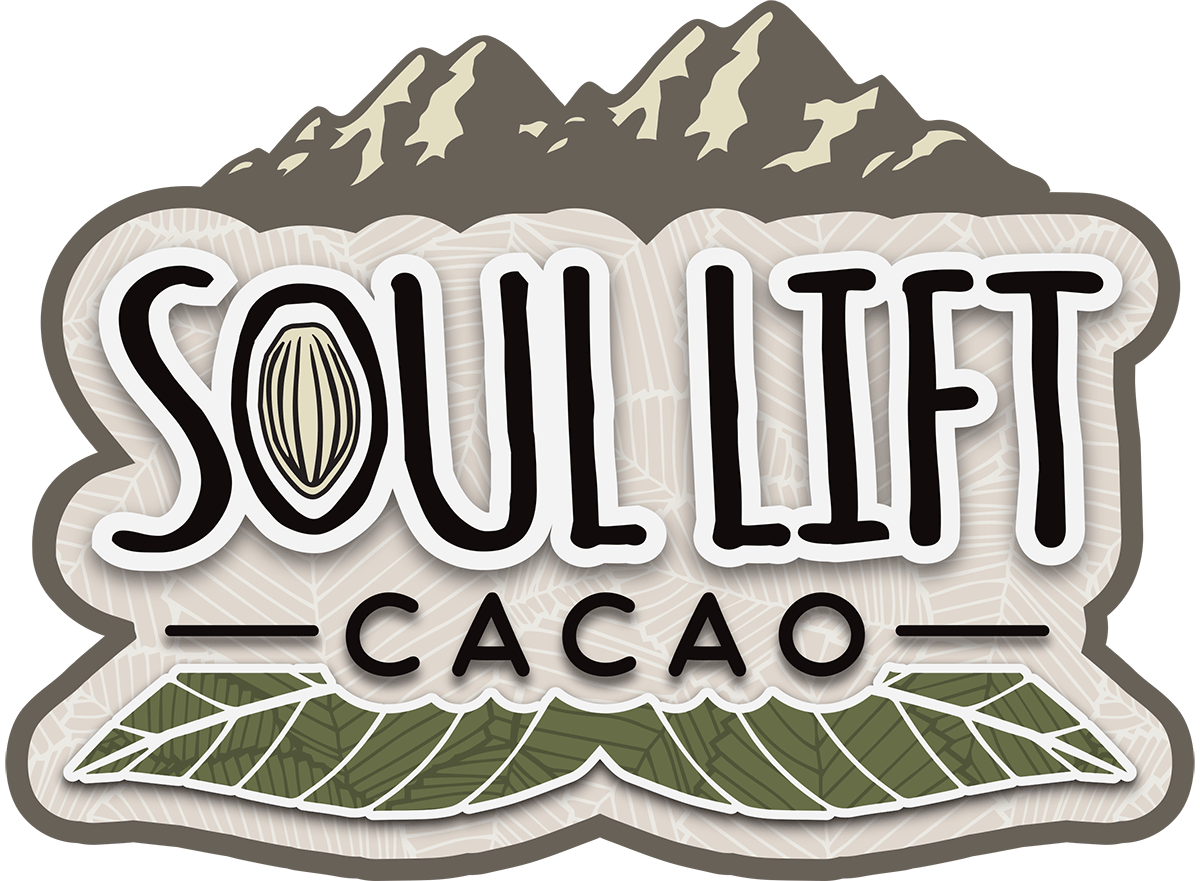In the last 40 years, incredible findings have expanded and clarified theories about the use of cacao in the ancient cultures of what's now the Western Hemisphere.
This period of re-discovery appears to have begun with the finding of the Río Azul vessel in 1984 in northern Guatemala. The remarkable artifact soon became a direct link to ancient Mayan civilization.
Now protected in the National Museum of Archaeology and Ethnology in Guatemala City, this vessel was instrumental in understanding the ancient relationship between cacao, ceramics, and written language.
It became known as “La Chocolatera” after two glyphs on it were deciphered to read “ka-ka-wa.” Scholars of Mayan history realized that these had a phonetic meaning. Spoken out loud it sounds like the modern name: cacao.



(Photo 1 by Marisol Paredes of Ati.tol. Photos 2 and 3 by Mexicolore)
Scientists also conducted chemical tests that confirmed the presence of caffeine and theobromine. While this combination can also occur in some other plants (e.g., yerba mate), the only one known to be present in ancient Mayan world was cacao.
Other glyphs are thought to show the name of the owner to be K’inich Lakamtuun – a ruler of the city of Río Azul who lived around 400 A.D. – as well as preferred regions of cacao cultivation.
The combination of the above means the vessel is from the “Classical Period” of Mayan civilization, which ran from about 250 to 900 A.D. That’s when the major cities of Tikal (Guatemala), Palenque (Mexico), and Copan (Honduras) were active. In fact the city of Rio Azul was located very close to where Guatemala, Mexico, and Belize now meet.
Perhaps most surprising is that whoever designed the vessel gave it a “screw-top” that could be carried by a handle on the lid. It was basically an ancient travel thermos for carrying a cacao drink!
The discovery of the Rio Azul vessel provided key evidence of certain aspects of ancient Mayan civilization, including the fact that they regularly consumed cacao more than 1,500 years ago.
Amazingly, as more ancient Mayan ceramics were found, it became clear that “ka-ka-wa” was the most common glyph written on Mayan pottery!
As it turns out, ancient Mayan use of cacao was not the oldest documented. In Soconusco (modern-day Chiapas, Mexico – notably, where Mitla ceremonial cacao is grown), cacao use by the Mokaya people has been dated back to 1900 B.C.
And as recently as 2018, archaeologists discovered vessels in South America showing evidence of cacao use around 5,300 years ago (around 3200 B.C.) by the Mayo-Chinchipe people. Specifically, these were found in the Santa Ana-La Florida archaeology site in modern day Ecuador.
It also turns out that cacao use in ancient times wasn't isolated to what’s now Mexico, Central America, and South America. Similar testing has shown the presence of cacao in vessels found in what’s now Utah and New Mexico as far back as 780 A.D.
Apparently these findings were very surprising for scientists since it meant social groups of that era interacted more than previously thought, and that people carried cacao a very long way from where it was grown (the closest cultivation zone might have been the Pacific coast of southwest Mexico).
This and other recent findings have also challenged the theory that cacao was only consumed by royalty or “high society” in ancient times. Studies at the lesser-known site of El Pilar in modern Belize found traces of cacao in more than half of the vessels tested, even from the homes of farmers.
The mysteries of cacao are constantly unfolding and asking us for respect and admiration. Because the historical record is so complex, it’s important to keep an open mind and not get stuck in one way of thinking. It’s very likely that we’ll continue learning more about the practices, traditions, and beliefs surrounding cacao in the decades to come.
Soul Lift Cacao is honored to be part of the mission of supporting the original cacao stewards in these places where cacao has been considered sacred for thousands of years.
REFERENCES
Some information provided by Mayan spiritual guide Don Julio of Petén, Guatemala
On the finding of the vessel and presence of cacao glyphs on Mayan pottery: https://www.atlasobscura.com/articles/mayan-chocolate
Deciphering glyphs: https://www.cambridge.org/core/journals/antiquity/article/abs/rio-azul-cacao-pot-epigraphic-observations-on-the-function-of-a-maya-ceramic-vessel/4993EEB5BD05F494E3F7F002A85A3399
Testing for caffeine and theobromine: https://www.cambridge.org/core/journals/american-antiquity/article/abs/cacao-residues-in-ancient-maya-vessels-from-rio-azul-guatemala/941ABB5996FA30C84EAED017E010B738
Mokaya use of cacao in 1900 B.C.: https://www.smithsonianmag.com/history/delicious-ancient-history-chocolate-vanilla-180972551/
5,300-year-old findings in Ecuador: https://www.nature.com/articles/s41559-018-0697-x
Findings in Utah and New Mexico: https://nhmu.utah.edu/articles/2023/05/utahs-ancient-cacao-surprising-find
Findings outside of Mayan royalty: https://www.discovermagazine.com/the-sciences/ancient-residues-tell-us-chocolate-wasnt-just-for-the-elite-maya
Maya Cities: https://en.wikipedia.org/wiki/Maya_city
Rio Azul location: https://en.wikipedia.org/wiki/R%C3%ADo_Azul

